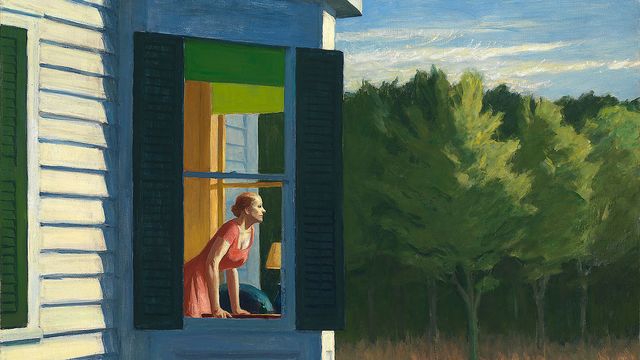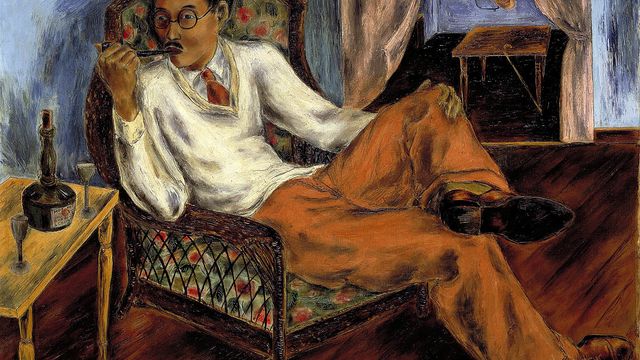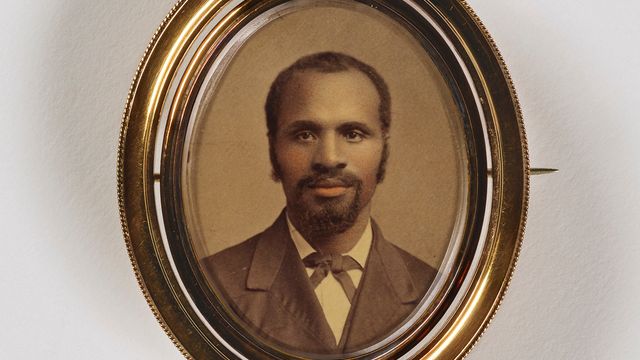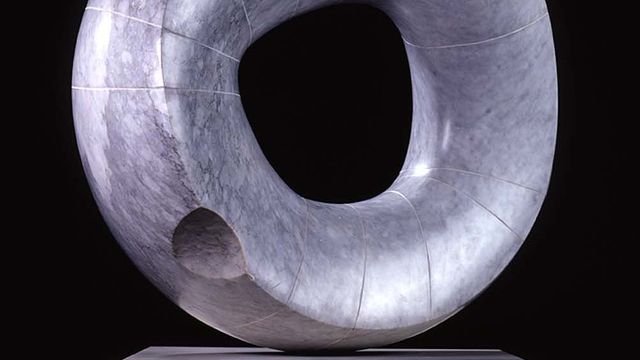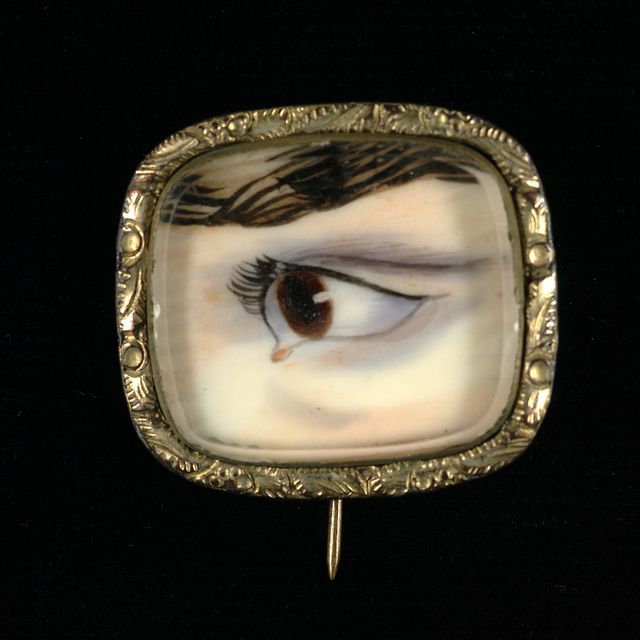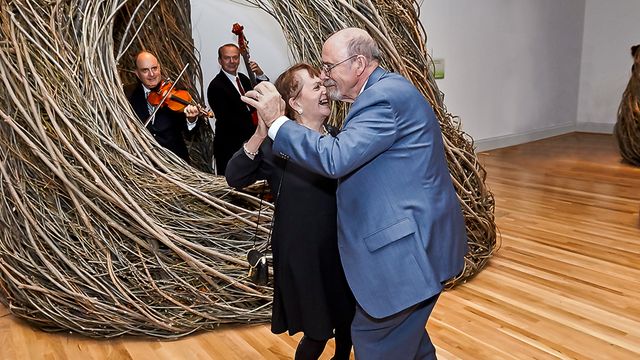Copied
David Smith, Reclining Figure, 1935, iron, 10 3⁄4 x 32 1⁄4 x 7 3⁄4 in. (27.3 x 81.9 x 19.7 cm), Smithsonian American Art Museum, Gift of Samuel G. Rose and museum purchase through the Luisita L. and Franz H. Denghausen Endowment, 2013.6
Copied
Artwork Details
- Title
- Reclining Figure
- Artist
- Date
- 1935
- Location
- Not on view
- Dimensions
- 10 3⁄4 x 32 1⁄4 x 7 3⁄4 in. (27.3 x 81.9 x 19.7 cm)
- Credit Line
- Gift of Samuel G. Rose and museum purchase through the Luisita L. and Franz H. Denghausen Endowment
- Mediums
- Mediums Description
- iron
- Classifications
- Subjects
- Figure
- Object Number
- 2013.6




